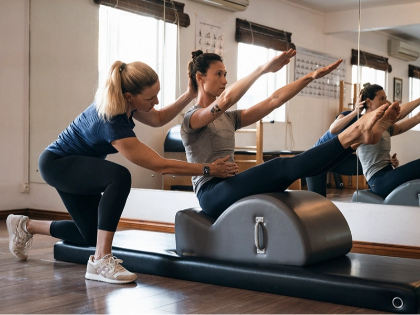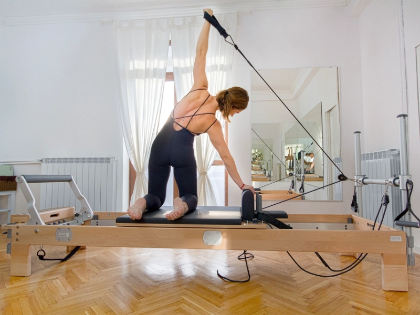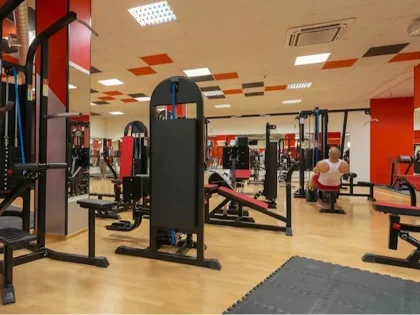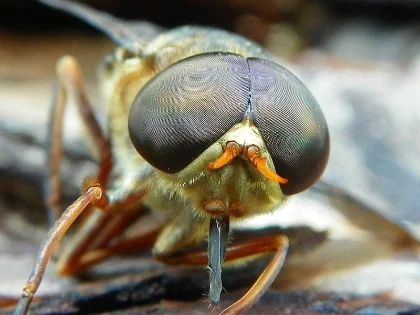Gym Equipment Sanitization: Keeping Your Workout Space Clean
Cardio machines' buttons can harbour bacteria and are pushed hundreds of times daily. Gym members' health and safety depend on having surfaces and equipment free of contaminants. To get filth and grime off, use a bleach-free disinfectant spray or a gentle cleaning solution (1:10 dilution of vinegar or water). Kill harmful bacteria and stop disease then with an EPA-registered disinfectant.
1. Remove Debris
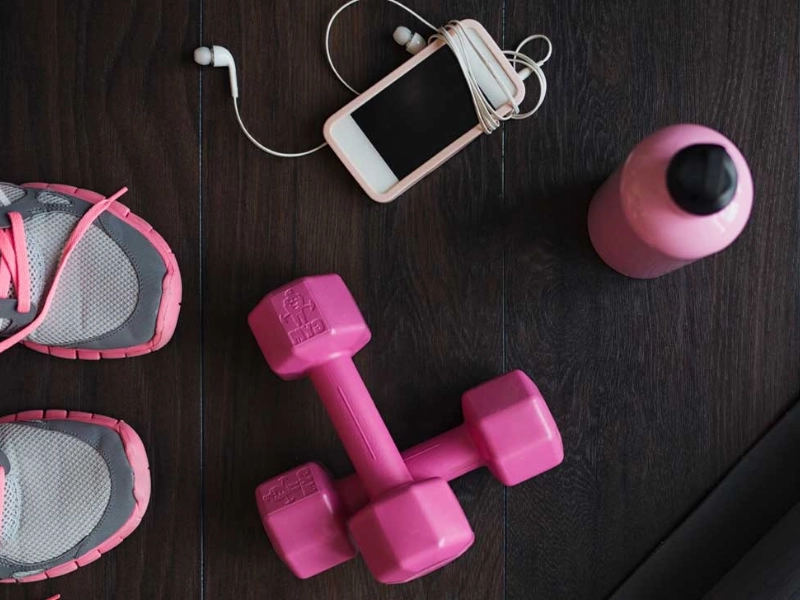
2. Wipe Down
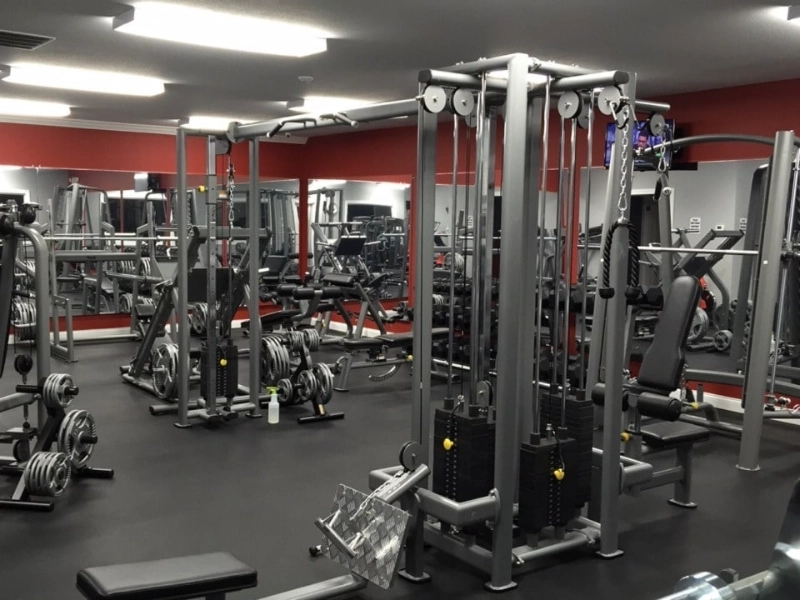 Although mats, weights, and tools might not seem unclean, they can carry germs that might lead to diseases. Several times a day, clean equipment to guarantee a hygienic surroundings for facility staff. Clean highly touched parts of the equipment, including control panels and handles.
To assist keep equipment hygienic for their patrons, several commercial gyms use disinfecting wipes. Although they are simple to apply, disinfectant wipes only work if the surface stays moist for the prescribed length of time. A better choice is a handheld sanitising spray tool like the Nano Atomiser, which covers surfaces with a dry fog of a disinfectant solution. Without utilising water-based solutions that can damage machines, this approach lets cleaning staff swiftly and completely sterilise equipment.
Although mats, weights, and tools might not seem unclean, they can carry germs that might lead to diseases. Several times a day, clean equipment to guarantee a hygienic surroundings for facility staff. Clean highly touched parts of the equipment, including control panels and handles.
To assist keep equipment hygienic for their patrons, several commercial gyms use disinfecting wipes. Although they are simple to apply, disinfectant wipes only work if the surface stays moist for the prescribed length of time. A better choice is a handheld sanitising spray tool like the Nano Atomiser, which covers surfaces with a dry fog of a disinfectant solution. Without utilising water-based solutions that can damage machines, this approach lets cleaning staff swiftly and completely sterilise equipment.
3.Disinfect
The spores on sweaty equipment provide the ideal habitat for microorganisms causing disease to flourish. Although they don't kill the bacteria, regular cleaning products or wipes can assist clear the filth. To kill, disinfectant solutions must remain wet on the surface for a designated period of time. Usually seen on the product label is the length of the solution contact time. Usually requiring 10 minutes of solution contact time or more, wipes and general cleaners disinfect. Use a general sanitising spray or a dry fogger device that takes the disinfectant solution and generates a fog covering surfaces without leaving wet residues instead of depending on wipes. This helps the disinfectants to be effective and have chances to work.
4. Vacuum
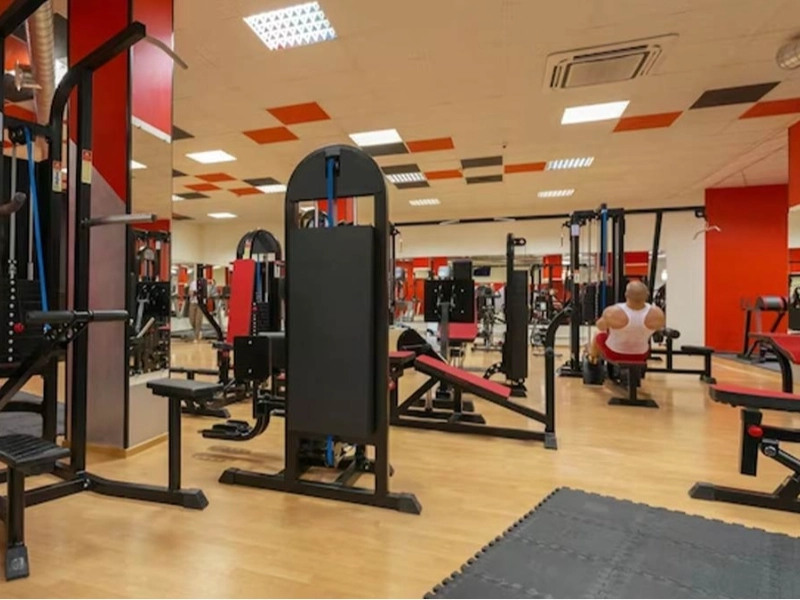 On gym tools, mats, paper towel dispensers and soap dispensers, germs and dust can gather. Using a handheld duster or microfiber vacuum, carefully sweeping these surfaces will clear obvious dirt and trash. This phase will also clean nooks and hard-to-reach areas where bacteria could hide.
Several times during the day, clean tools with disinfecting wipes. Choose a cleaning agent like quaternary ammonia that won't damage equipment or human skin. To accomplish good disinfection, quaternary ammonia solutions usually need a surface to stay wet for upwards of ten minutes.
Clean all surfaces, focusing especially on high-touch areas like seats and handles. Staff should clean equipment after hours when it will be left wet to guarantee that the solution has enough contact time to destroy germs for the most complete cleaning.
On gym tools, mats, paper towel dispensers and soap dispensers, germs and dust can gather. Using a handheld duster or microfiber vacuum, carefully sweeping these surfaces will clear obvious dirt and trash. This phase will also clean nooks and hard-to-reach areas where bacteria could hide.
Several times during the day, clean tools with disinfecting wipes. Choose a cleaning agent like quaternary ammonia that won't damage equipment or human skin. To accomplish good disinfection, quaternary ammonia solutions usually need a surface to stay wet for upwards of ten minutes.
Clean all surfaces, focusing especially on high-touch areas like seats and handles. Staff should clean equipment after hours when it will be left wet to guarantee that the solution has enough contact time to destroy germs for the most complete cleaning.
5. Dry
While eliminating dust and bacteria is crucial, as vital is appropriate drying of equipment. This stops corrosion and other problems that can affect the lifetime of the equipment in your facility. Use EPA-registered, particularly made disinfectant wipes meant for your equipment materials to get best results in terms of germ killing. After applying the disinfectant to every surface of the equipment, your cleaning crew should let it sit for the suitable length of time. Steer clear of alcohol-based cleaners since they could break surfaces and provide germs hiding spots. To keep your gym equipment safe and clean instead, choose a cleanser including water combined with quarternary ammonia. This kind of cleanser won't ruin treadmills' or cardio machines' screens or corroder metal.
